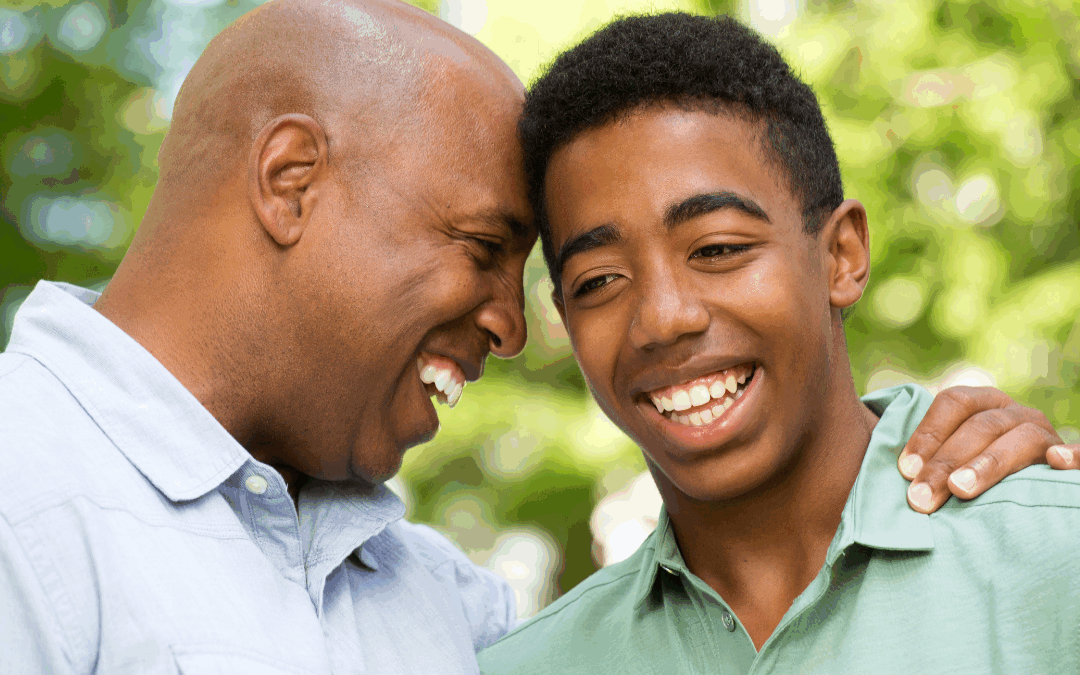Red Ribbon Week is a national campaign that reminds us of the importance of educating young people about drugs and alcohol—and empowering them to make healthy choices. High school is an ideal time to begin these conversations, as teens are already exposed to messages about substance use from friends, media, school, and online sources. But often, they’re not getting the full picture.
As a parent, you are your child’s most trusted source of guidance. You can provide age-appropriate, values-based information that helps them navigate these challenges. In fact, studies show that when parents talk openly with their kids about drugs and alcohol, teens are 50% less likely to use them.
Here are some key points to help guide these important conversations:
Why Do We Ask Young People to Wait Until 21 to Drink Alcohol?
The legal drinking age is based on science. A young person’s brain continues developing well into their mid-20s. Alcohol and drug use during this time can interfere with that development—especially in the brain’s reward center—making it more vulnerable to addiction.
Teens who begin drinking before age 15 are six times more likely to develop alcohol problems later in life compared to those who wait until after 21.
Does Supervised Drinking Teach Responsibility?
It’s a common myth that allowing teens to drink under supervision will help them learn to drink responsibly. In reality, research shows the opposite: when teens believe their parents approve of drinking, they tend to drink more frequently and in riskier situations when unsupervised.
Setting clear, consistent rules about alcohol use helps teens make safer choices.
Why Is Underage Drinking a Big Deal?
Alcohol lowers inhibitions and impairs judgment—especially in teens. This can lead to risky behaviors like driving under the influence, riding with impaired drivers, or engaging in unsafe social situations.
Underage drinking can also affect emotional development. Teens who rely on alcohol to cope may struggle to build lasting friendships or develop healthy coping skills.
Supporting the legal drinking age of 21 helps reduce traffic accidents and protects teens from other alcohol-related harms.
Talking About Marijuana with Teens
With marijuana now legal for adults in California, teens may assume it’s harmless. But today’s marijuana is more potent and available in many forms, making it more important than ever for parents to share accurate information.
What We Know About Marijuana Today
– THC (the chemical that causes a high) has increased from about 3% to over 15% in recent years.
– CBD (the calming compound) has decreased.
– High THC levels are linked to anxiety, aggression, and sleep issues.
Isn’t Marijuana Natural?
Yes, marijuana is a plant—but “natural” doesn’t always mean safe. Poison oak is natural too! Marijuana contains over 500 chemicals, and when smoked, it produces hundreds more. It shares many carcinogens with tobacco and contains four times more tar, which stays in the lungs longer.
What Are the Risks for Teens?
Because the brain is still developing until around age 25, marijuana use during adolescence carries long-term risks:
– 17% of users under 24 become addicted
– Frequent use can impair memory, processing speed, and lower IQ by up to 8 points
– Linked to mental health issues like psychosis, schizophrenia, depression, and anxiety
Regular use can also affect motivation, academic performance, and emotional development. Teens who use marijuana may lose interest in school and struggle to cope with life’s challenges. In some cases, it can lead to disciplinary action like suspension or expulsion, impacting their future.
Final Thoughts
Red Ribbon Week is more than just a school campaign—it’s a chance for families to come together and talk about real issues. Your voice matters. By having open, honest conversations, you’re helping your teen build the knowledge and confidence to make healthy choices now and in the future.
